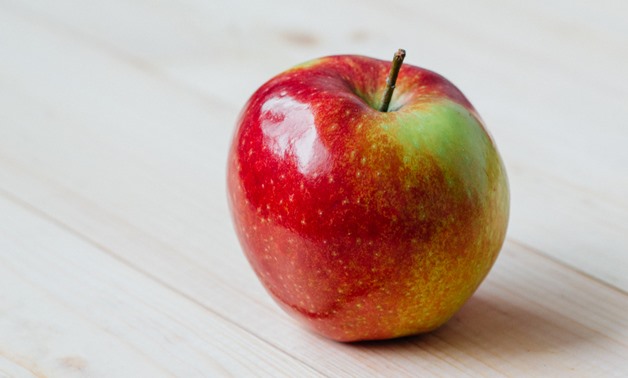
Free stock photo of healthy, apple, fruit - Creative Commons
30 October 2017: Washing apples in water with a dash of baking soda is the most effective way to remove pesticide residue, new research shows.
The mix outperformed Clorox-spiked water for getting rid of the chemicals, and also worked better than plain water, Dr. Lili He of the University of Massachusetts in Amherst and her colleagues found. They reported their findings October 25 in the Journal of Agricultural and Food Chemistry.
Pesticides are widely used in agriculture to kill bugs, fungi and other produce-plaguing pests. They can hurt humans, too, but most of us are exposed to amounts so tiny that they don’t pose a risk, according to the Environmental Protection Agency (EPA).
Many people try to limit their exposure to pesticides by washing produce, but whether or not this does anything to remove them has not been studied, Dr. He and her team note. They coated apples with thiabendazole, a fungicide, or phosmet, which is used to kill a variety of pests, and washed them with water or water mixed with bleach or baking soda. The researchers used Gala apples because they are widely consumed and also likely to contain a wide variety of pesticides.
Using super-sensitive, high-tech tests, the researchers checked on and within the apple for pesticides and measured pesticide concentration within plant tissue. Rinsing the fruit in the baking soda solution for 12 minutes was most effective for removing thiabendazole, they found, while a 15-minute baking soda rinse was most effective for getting rid of phosmet.
Some of the pesticide passed beyond the apple’s surface, with thiabendazole going four times deeper than phosmet. None of the washing methods could fully remove the residue.
After harvest, the EPA requires apple producers to soak the fruit for two minutes in bleach mixed with water. The quick dip is intended to remove bacteria and other organic matter, not to wash off pesticides, Dr. He noted in a telephone interview with Reuters Health, but it would be ideal to find a post-harvest treatment that would do both.
The baking soda solution is likely more effective because it can help break apart pesticide molecules, the researcher said, and can be used for washing other types of produce. How well it works “depends on the structure of the fruits and vegetables, but it’s a general method,” she added.
Dr. He and her colleagues used a concentration of about one teaspoon of baking soda per two cups of water. But, she said, “You don’t need to be precise, just adding a little bit is better than not adding it.”
While deeper-penetrating pesticides could be removed by peeling an apple, the researcher said, this would mean missing out on the nutrient-rich skin. “It’s always been a two-sided story.”

Comments
Leave a Comment